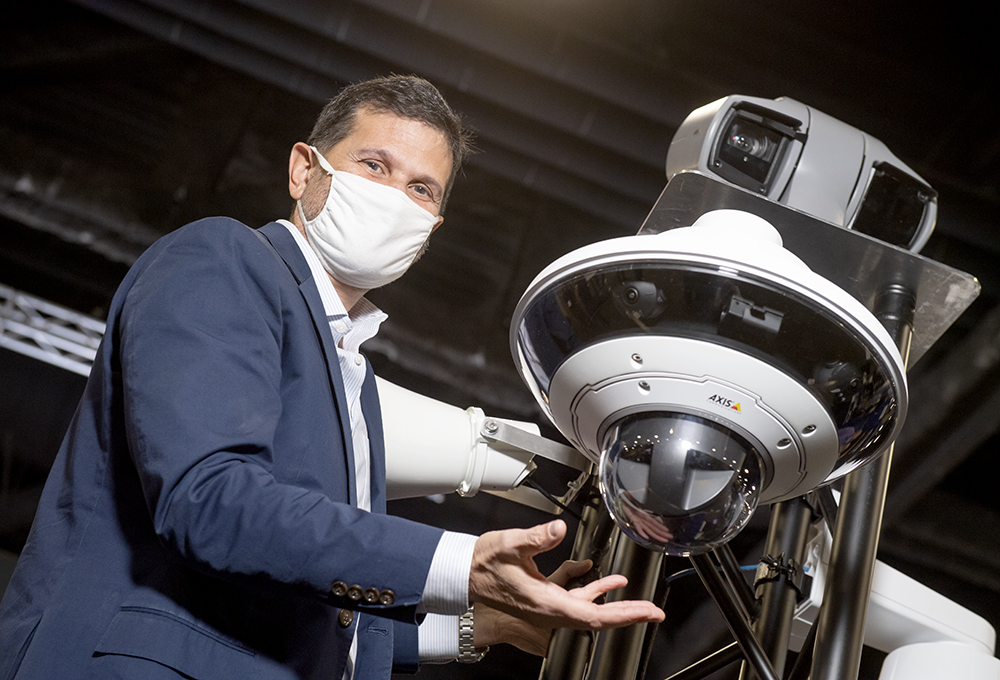
An example of deep-learning-based analytics is highly granular real-time object detection and classification that makes it possible to develop analytics that can distinguish between different kinds of objects, such as types of vehicles or pedestrians.
Analysing data on the edge – on the camera – means no information is lost in compression or transmission, making results more reliable. It allows for faster alerts, which in turn lets users act instantly to protect people and property and make the right decisions about their operations. It creates cost savings because less bandwidth and storage and fewer servers are needed.
Less bandwidth and storage also significantly reduce the risk of loss of sensitive data and fewer servers improves scalability. It also opens the door to other deep-learning-based analytics that deliver actionable insights for security, safety and operational purposes.
With the camera’s open platform, coupled with the expanded GPU performance, Axis says it has become the ultimate enabler to the AI/DL development community. ARTPEC-8 continues to facilitate Axis Lightfinder 2.0 and Axis Forensic WDR for the best image processing under difficult light conditions. Stay tuned, as some of the first cameras to include this chip are the soon-to-be-launched AXIS Q3536-LVE/38-LVE Dome Cameras and AXIS Q1656-LE Box Camera.
Booth: 1719














